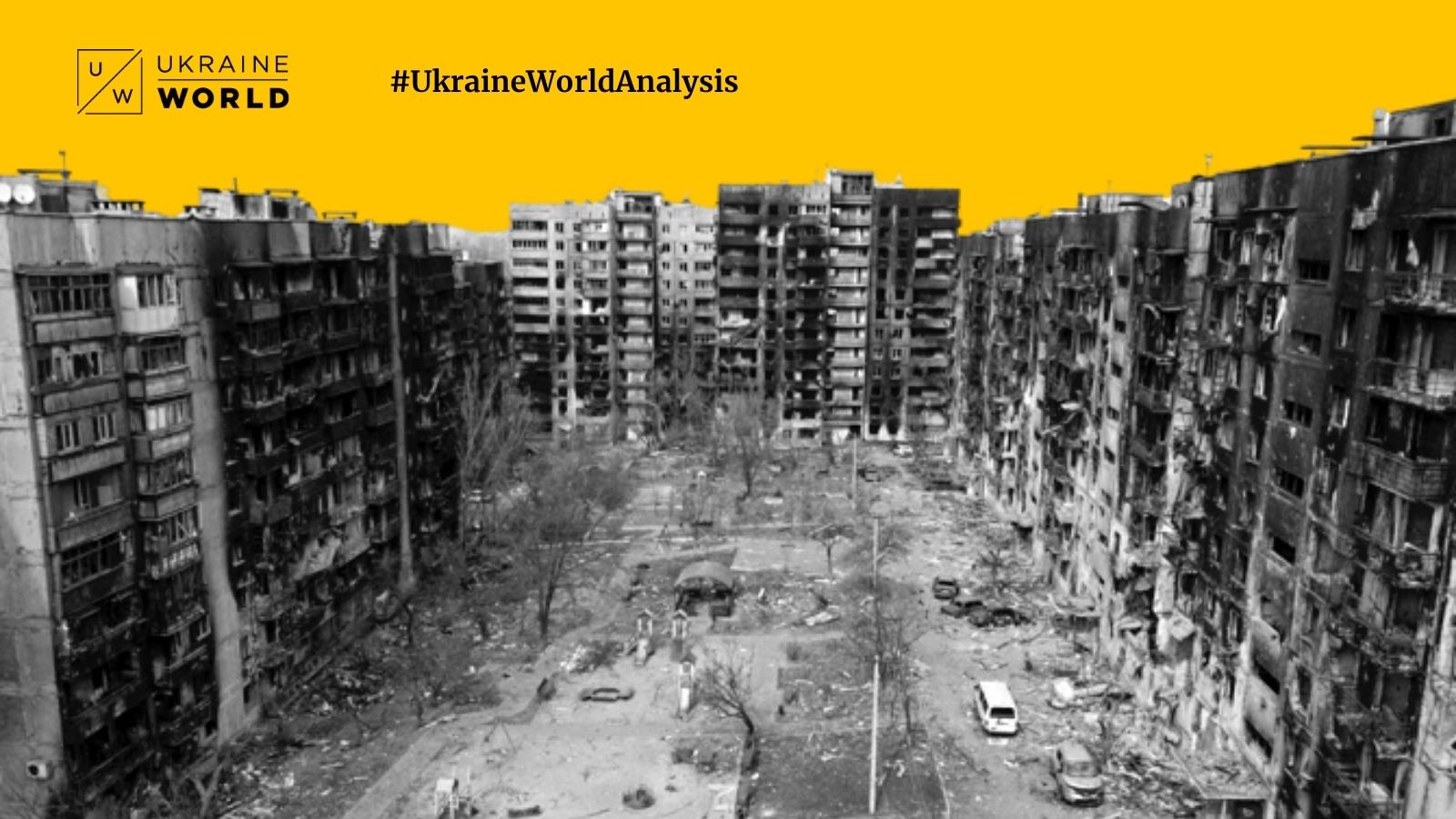
Key points – in our brief, #UkraineWorldAnalysis:
Putin was helped by Western inaction. The war began eight years before the full-scale invasion... And it was a logical consequence of the weakness of the "collective West" in its confrontation with Russia. Irreversible processes began in Putin's head precisely because of this impunity.
For eight years, the army has not been a priority. It was planned to allocate 133.5 billion hryvnias, or approximately $5 billion, to the armed forces [in 2022]. This is an extremely small amount for a country at war with a giant enemy. For example, Poland, which is not at war, spent $12.44 billion on its military in 2021.
However, the West supported Ukraine "like mad". Putin did not expect this. Shipments of weapons and ammunition arrived in Ukraine almost constantly. There was a clear feeling of a beginning of the fight for Ukraine.
Ukrainians' resilience came as a surprise to the Kremlin. It is the human factor – the willingness to fight, previous experience, training from the war itself – and the weapons provided, which together made up Ukrainians' overall determination to defend their country, that gave Ukraine its most powerful trump card.
Putin was counting on a blitzkrieg and a "parade march". Moscow's forces acted strangely and self-confidently, which ended up looking clumsy. They acted as if they were hoping for a parade procession, only partial combat reconnaissance, and lazy testing of Ukraine's defense capabilities.
Russia's generals encouraged looting and banditry. There was another complication: Russian forces had rations for only a few days, so the invaders had to find food on their own. This is the Soviet-Zhukov style of waging war. Even the well-known Napoleonic "carrot-and-stick" principle is nothing compared to Russian cynicism.
Having failed in their blitzkrieg, Putin turned to terror. Russian troops intensified their attacks on the population and began to attack cities. As the Western world stood in cowardly silence, Putin resorted to war crimes. This included the seizure of nuclear facilities. The shelling of the Zaporizhzhya Nuclear Power Plant during the assault proved Russia's willingness to carry out a nuclear terrorist attack.
Putin concentrated on building a land corridor to Crimea. In March, Ukraine needed weapons systems that could disrupt the movement and use of modern Russian systems at considerable distances. This enabled the enemy to capture and start holding the land corridor with occupied Crimea on March 21.
The August attack on the Saki airfield was a revolution. The Ukrainian Armed Forces actually destroyed a military airfield at a distance of up to 230 km. This was the first strike at operational and tactical depth... After that, Putin's Kremlin was forced to realize that the Ukrainian Armed Forces would continue to destroy the invading forces.
Without sufficient will from the West, the war could drag on for years. It is quite possible that because of the results of the active hot stage of the war, it could be replaced by the same sort of period of low-intensity hostilities that we saw between 2014 and 2022. Is it possible to put pressure on the regime of the Moscow dictator in this case? It is both possible and necessary. But only with the help of the entire Western world, its sanctions, restrictions, and complete political isolation of Putin. And only if all the mistakes of the last eight years are taken into account, in regards to guarantees and the further rearmament of Ukraine itself.
This material was prepared with financial support from the International Renaissance Foundation.
